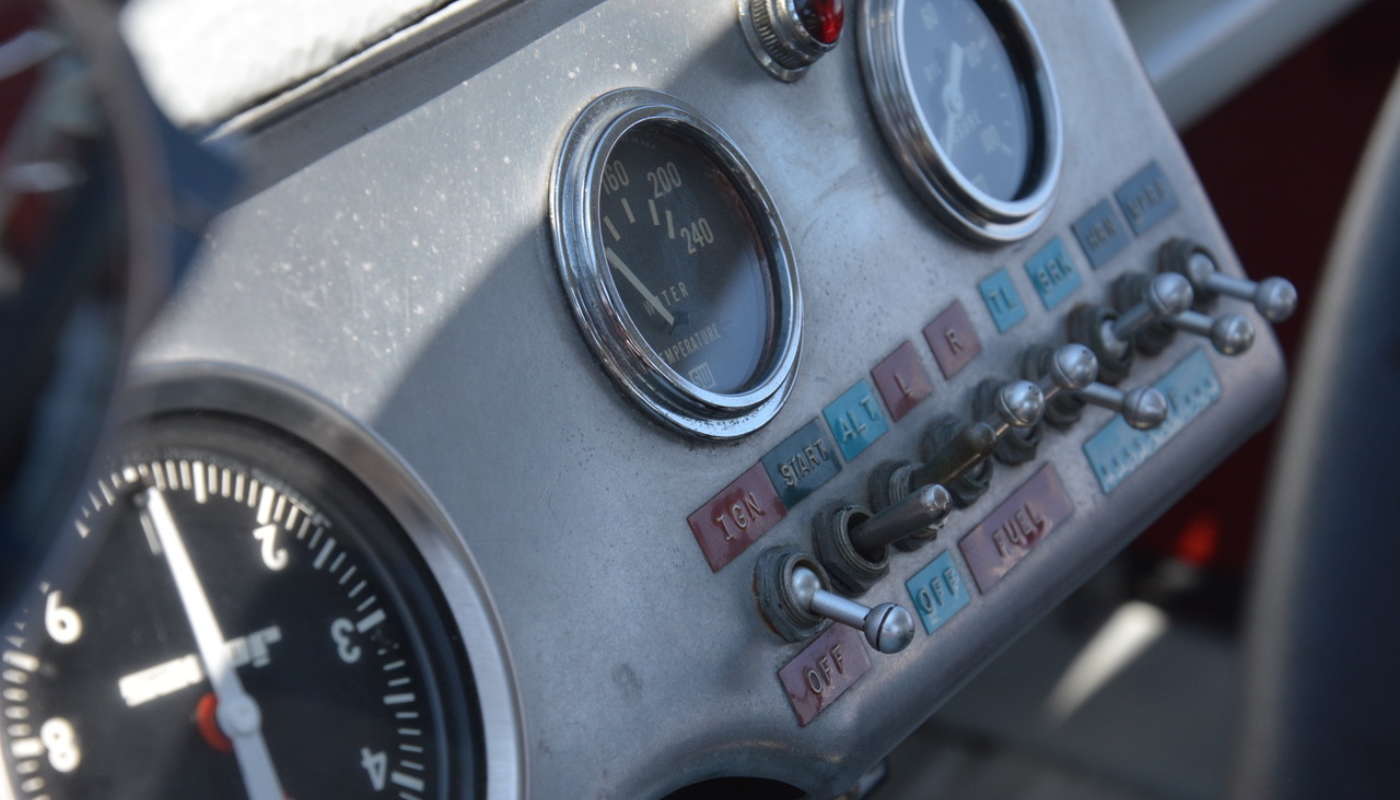
Reno Ramblings
Northern Nevada might seem like a strange place for anything automotive. After all, Reno is known more for gambling, quickie divorces and the natural attractions at nearby Lake Tahoe. But in reality, “The Biggest Little City in the World” (a phrase actually coined by a visitor from Sacramento, California) has a number of connections to cars.
To start with, it’s the location for your editor’s remote office for ReinCarNation magazine (our headquarters is now in Three Lakes, Wisconsin, another equally improbable setting). I used to live in SoCal, the putative center of the car-culture universe, but I relocated here nearly 10 years ago, mostly to get away from the madding crowds. Fortunately, I’ve come across a surprising amount of cars in the area that serve as grist for my editorial mill.
For instance, every year Reno hosts one of the biggest car shows in the country, Hot August Nights, voted America’s No. 1 outdoor event. Its numbers tell the story. This 10-day extravaganza pulls in more than 6,000 cars, a million or so visitors, and several million dollars to the local economy. At the event, I regularly find a number of feature-worthy cars, many of which appear on the pages of ReinCarNation.
Also located in Reno is the National Automobile Museum, based on the collection of William F. Harrah, the founder of the Harrah’s casino empire. The displays are diverse, ranging from the old-timey, brass-era vehicles to celebrity cars such as John Wayne’s C1 Corvette (which proved to be too small for him) and a Ghia-bodied Chrysler owned by Frank Sinatra (which has a hidden pouch below the driver’s seat for his revolver).
Some of the cars at the museum are quirky yet stunning, such as a Tucker, Phantom Corsair, and the truly odd Dymaxion designed by Buckminster Fuller. There’s also a 1921 Rolls-Royce with bodywork made almost entirely out of full sheets of copper and ebony. Harrah’s Jeep Grand Wagoneer is distinctive for its 4.4-liter Ferrari V12 engine.
I’ve also come across private collections in the area, one of which had more rare Ferraris, Corvettes, and Rolls-Royces than I’ve ever seen in one place. I’ve heard rumors of other impressive collections in Reno, which I’m hoping to uncover soon.
One well-known automotive endeavor, located just a few miles east of Reno, is Tesla Gigafactory 1 that makes batteries for its electric vehicles, as well as for Powerwalls and Powerpacks for homes and businesses. Tesla’s holdings out in the desert currently amount to 3,200 acres, leaving plenty of room for expansion.
The Gigafactory is being built in phases so that Tesla can begin manufacturing immediately inside the finished sections and continue to expand thereafter. The goal is to supply batteries with a planned production rate of 500,000 cars per year by 2018. Already, the current structure has a footprint of more than 1.9 million square feet, which houses more than 4.9 million square feet of operational space across several floors. Still, the Gigafactory is less than 30 percent done. Once complete, Tesla expects the Gigafactory to be the biggest building in the world and entirely powered by renewable energy sources, with the goal of achieving net-zero energy.
Tesla’s lithium-ion batteries, however, are not the only power options on the horizon. Batteries using different chemicals are also in the works. Other technologies, such as solid-state batteries, or a graphene supercapacitor, might be viable alternatives. And there are new technology breakthroughs in hydrogen extraction for fuel cells. So, it makes us wonder if the Gigafactory could be adapted to any of these new alternative energy sources.
In the meantime, look for upcoming features on specialty cars powered by used Tesla powertrains. If the Gigafactory goes the way of the eight-track player and Polaroid camera, there are a whole lot of replicas that could run on all those leftover lithium-ion batteries. And then Reno would become the site for yet another type of automotive endeavor.
Steve Temple - editor@rcnmag.com

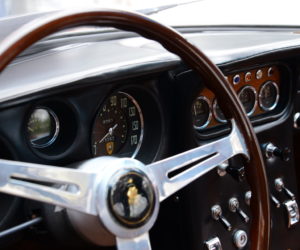
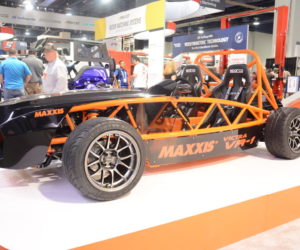
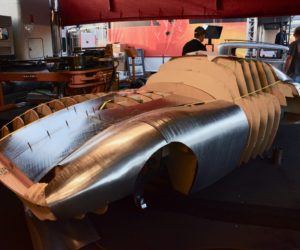
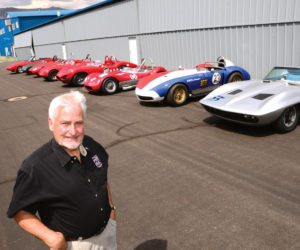
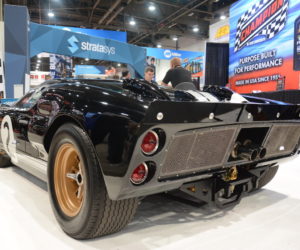
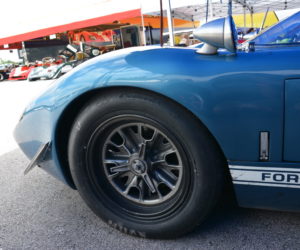




Comments for: Reno Ramblings
comments powered by Disqus